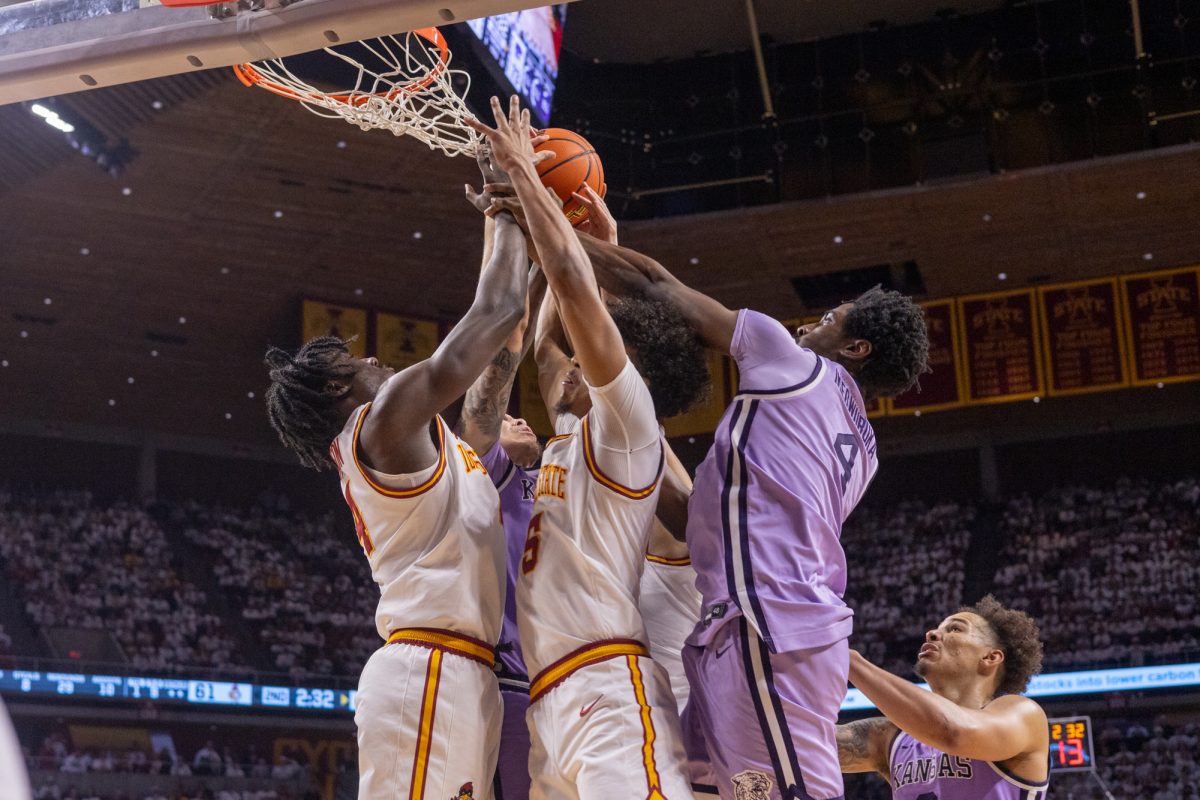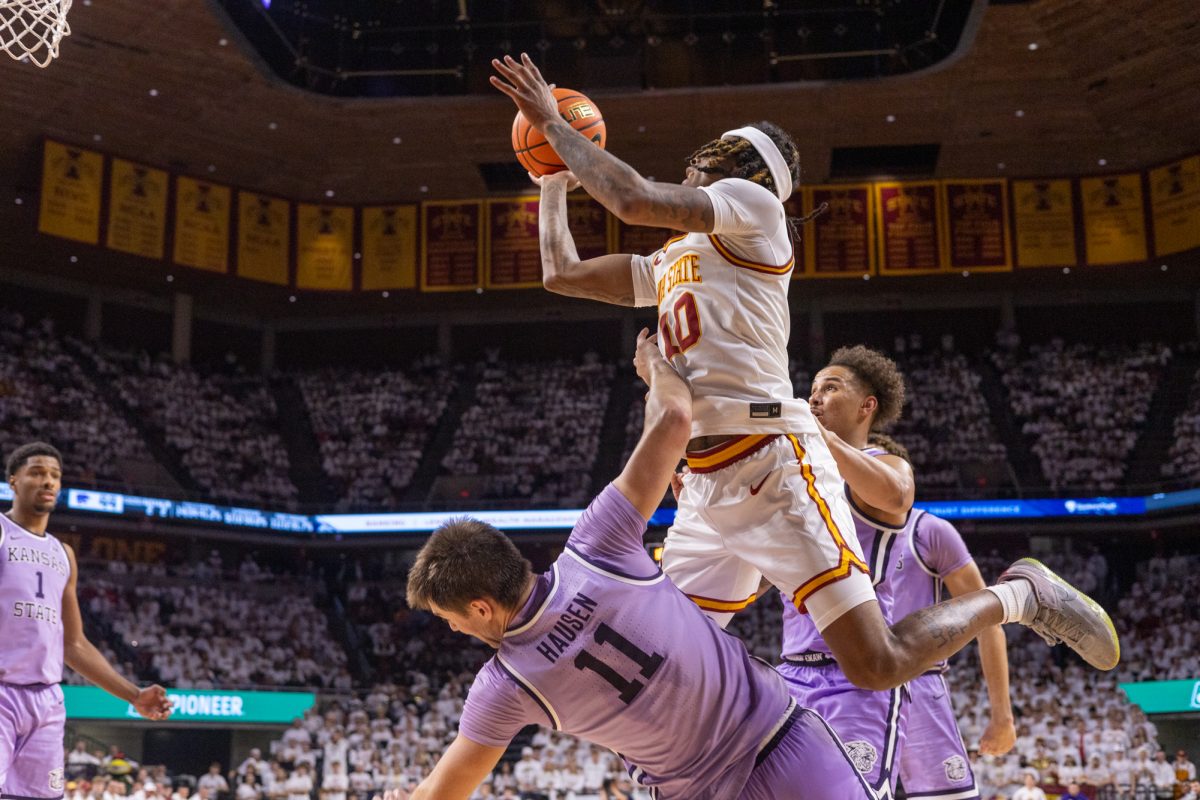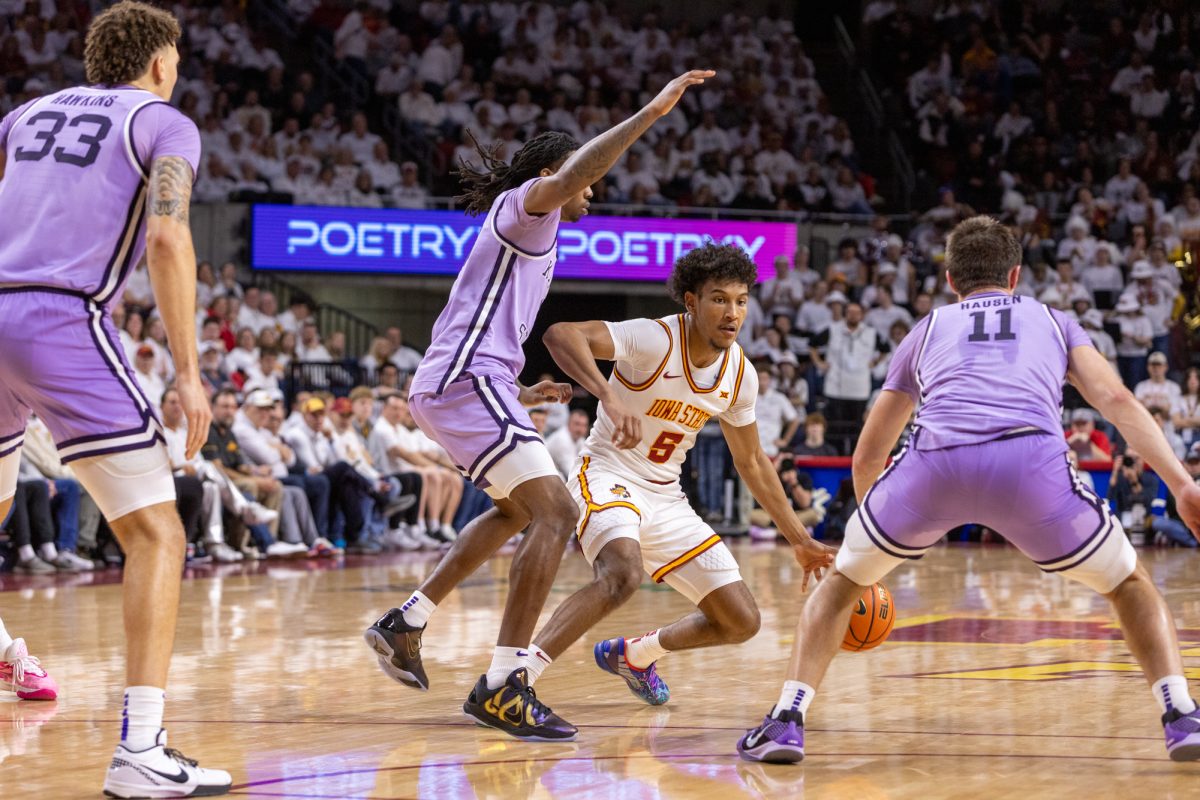Campaign encourages motorists to hit deer rather than steer clear
April 22, 2004
Generation Y grew up traumatized by the death of Bambi’s mother, but the Iowa Department of Public Safety argues orphaning a few more deer isn’t such a bad idea.
“Don’t Veer for Deer” — a campaign created by the Iowa DPS — encourages motorists to maintain their course if a deer stands frozen in their headlights. They argue hitting a deer is safer than swerving to avoid the animal, since most deaths and serious injuries occur when motorists try to avoid them.
“I think what the thought process is a lot of times what will happen is people will swerve, go in a ditch and roll,” said Jim Saunders, public information officer for the Iowa DPS. “Most injuries probably would have been less severe if they hit the deer.”
According to the Iowa DPS, deer-related crashes account for 11.7 percent of all crashes in Iowa. Deer-wrecks account for $13 million in yearly vehicle damage, thanks to their exploding population that has doubled in the last two decades.
Avoiding deer may reduce deaths, but a collision still damages a car. Todd Martin, owner of Don and Sons Body Shop, 1003 E. Lincoln Way, fixes cars damaged by deer constantly.
“We fix deer hits all the time, and there’s more and more every year,” Martin said.
He said most accidents aren’t major, since they happen at slow speeds. In a typical accident, the collision dents the sheet metal or puts a small crater in the fender.
However, Martin does occasionally see major accidents caused by deer. He’s currently working on a collision that caused $9,000 worth of damage.
“We’ve got a car in right now where the deer actually came over the top of the car and through the windshield,” he said. “After [the deer] broke the windshield, he damaged the roof.”
The amount of damage a car sustains in a collision has less to do with the type of vehicle and more with the speed at impact. Martin said a smaller car like a Geo Metro isn’t any more susceptible than a larger vehicle.
“The amount of damage has a lot to do with how fast people are going, not the size of the vehicle,” he said. “People are at higher risk when they go down the interstate at 70 mph.”
Saunders agreed. He said the odds are in favor of a vehicle sustaining less damage if they hit the deer straight on, regardless of the type of vehicle.
The biggest safety recommendation the Iowa DPS gives is to brake firmly, steer to maintain control of the car and to stop within the driver’s lane or along the shoulder of the highway. In addition, drivers should obey speed limits in deer crossing areas, since slower speeds will reduce car damage in the event of a collision.






